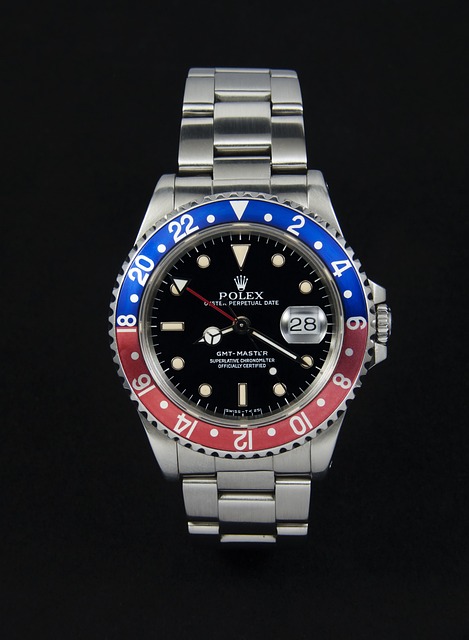Does Rolex Have a Battery
Debunking the Myth: Does Rolex Have a Battery?
In the realm of horology, few names evoke such reverence and prestige as Rolex. With their timeless designs and precision craftsmanship, these Swiss timepieces have become symbolic of both luxury and status. However, as often is the case with legends, myths tend to intertwine with reality, conjuring up questions and misconceptions. One such puzzler we aim to address today is the age-old inquiry that continues to intrigue both watch enthusiasts and novices alike: Does Rolex have a battery?
In this article, we will cut through the layers of speculation and misinformation to unravel the truth behind this mystifying question. Embarking on a journey that delves beyond the glimmering surface of Rolex watches, we will examine the inner mechanisms that breathe life into these horological masterpieces. From the intricacies of automatic movements to the timeless reliability of self-winding technology, we will unveil the secrets behind Rolex timekeeping, debunking the notion of a hidden battery powering these iconic timepieces.
With a creative appeal and an unwavering commitment to neutrality, let us embark on an exploration that separates fact from fiction, bringing clarity to the inquiry that has lingered for far too long: Does Rolex have a battery? Prepare to discover the fascinating world of Rolex watches and the mechanisms that make them tick.
Table of Contents
- Introduction: The Battery Conundrum – Does Rolex Have a Battery?
- Exploring Rolex Movements: Mechanical Excellence Sans Batteries
- The Exception: Rolex Oysterquartz – A Quartz Movement Breakthrough
- The Advantages of Battery-Free Rolex: Enduring Precision and Longevity
- Maintenance and Care Tips: Ensuring a Battery-Free Rolex’s Optimal Performance
- Considering Personal Preferences: Choosing between Mechanical and Battery-Powered Rolex
- FAQs
- Wrapping Up
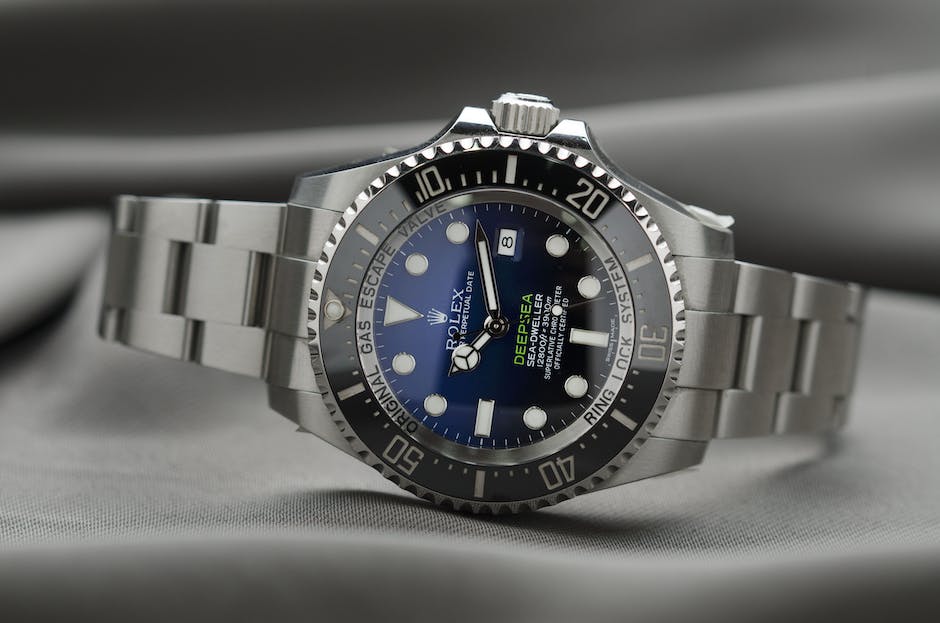
Introduction: The Battery Conundrum – Does Rolex Have a Battery?
Rolex watches have long been revered for their impeccable craftsmanship and precision. They are considered a timeless symbol of luxury and elegance. However, a common question that often arises is whether Rolex timepieces are powered by a battery. The battery conundrum surrounding Rolex watches has been a topic of much discussion among watch enthusiasts and potential buyers.
To put it simply, Rolex watches do not rely on batteries for their operation. Unlike many other brands, Rolex utilizes mechanical movements, which are powered by a series of intricate gears and springs. This mechanical marvel allows the watch to keep time without the need for a battery. Instead, Rolex timepieces are typically equipped with self-winding mechanisms, also known as automatic movements. These movements harness the kinetic energy generated by the wearer’s wrist movements to wind the watch’s mainspring, ensuring a constant power supply. This eliminates the need for manual winding or battery replacement, making Rolex watches truly self-sufficient and hassle-free.
In summary, Rolex watches do not possess batteries but rather employ mechanical movements that harness kinetic energy to power their operation. This unique feature sets Rolex apart from many other watch brands and reinforces their reputation for extraordinary craftsmanship and reliability. So, the next time you come across a Rolex watch, rest assured that it operates without the reliance on a battery, symbolizing the brand’s commitment to timeless horology.
Mechanical Excellence Sans Batteries
In the world of horology, one name has stood the test of time – Rolex. Known for their exquisite timepieces, Rolex has continuously pushed the boundaries of mechanical watch movements. The fascinating aspect of Rolex movements lies in their ability to deliver unparalleled accuracy and reliability without the need for batteries.
When it comes to Rolex movements, the heart and soul of these timepieces lie in their intricate mechanical systems. Crafted with meticulous precision, these movements are a testament to the expertise and craftsmanship that Rolex has become renowned for. So, what sets these mechanical marvels apart? Let’s delve into the world of Rolex movements:
1. Self-Winding: Rolex movements are equipped with automatic self-winding mechanisms. This means that the natural motion of your wrist triggers a rotor inside the watch, which winds the mainspring, eliminating the need for batteries or manual winding.
2. Perpetual: A hallmark of Rolex movements, the term “Perpetual” signifies the watches’ ability to run indefinitely without any external power source. This is achieved through a constant energy transfer from the mainspring to the escapement, ensuring precision and reliability.
3. In-House Manufacturing: Unlike many other watch brands, Rolex designs, develops, and produces its movements in-house. This vertical integration allows them to maintain strict quality control and optimize every aspect of their timepieces.
4. Chronometric Precision: Rolex movements undergo rigorous testing and are certified as chronometers – a distinction awarded to only the highest-precision timepieces. This ensures that each Rolex watch guarantees accuracy within strict tolerances.
Rolex movements represent the pinnacle of mechanical excellence in the watchmaking industry. With an unwavering commitment to precision, reliability, and innovation, Rolex continues to set the standard for mechanical timekeeping sans batteries. Experience the mastery of horology with a Rolex watch, where tradition and modernity effortlessly intertwine.
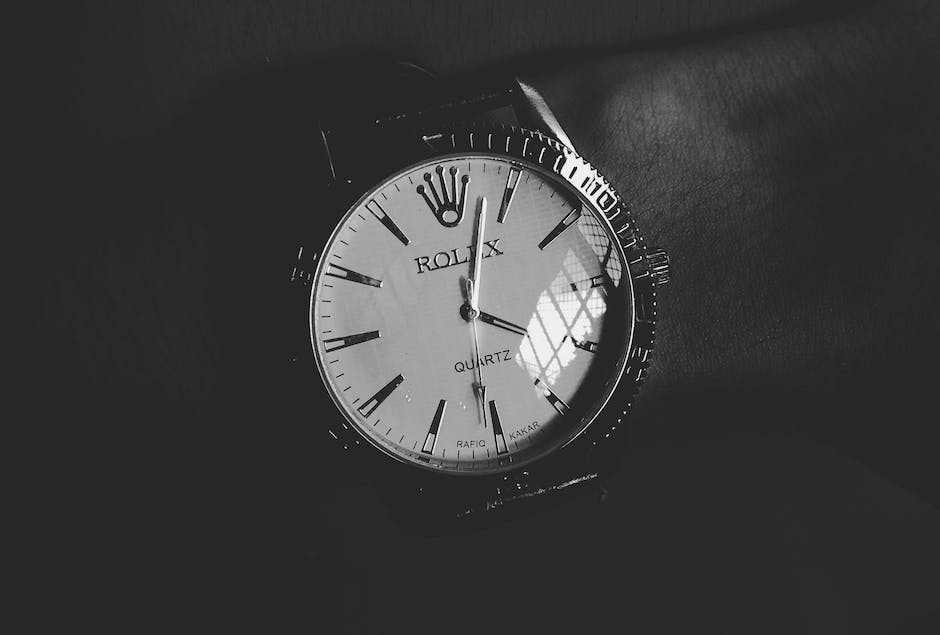
The Exception: Rolex Oysterquartz – A Quartz Movement Breakthrough
Rolex is renowned for its mechanical watches, but one exceptional timepiece in their collection breaks the mold – the Rolex Oysterquartz. While most Rolex watches operate on mechanical movements, the Oysterquartz stands out as one of the few models that incorporates a quartz movement. This innovation brings undeniable precision and reliability to the world of luxury timekeeping.
Precision and Accuracy That Never Ceases
With its quartz movement, the Rolex Oysterquartz ensures unparalleled accuracy. The quartz crystal within the timepiece vibrates at a precise frequency, enabling it to keep time with exceptional precision, measured in increments of just a few seconds per month. Unlike mechanical movements that can be affected by external factors such as temperature and physical shocks, the Oysterquartz remains consistently accurate, eliminating the need for regular adjustments. Its reliability extends to a quartz oscillator that guarantees an ultra-stable frequency, enhancing the overall precision of this remarkable timepiece. Whether you are diving into deep waters or attending a formal event, the Oysterquartz will never fail to keep time with precision and unyielding accuracy.
The Advantages of Battery-Free Rolex: Enduring Precision and Longevity
In a world where time is of the essence, the unrivaled precision and longevity of a battery-free Rolex timepiece stand as powerful advantages. Designed with meticulous craftsmanship, these exceptional watches operate with mechanical movements that do not rely on batteries. This unique feature ensures that your Rolex will always keep accurate time, without interruptions due to battery changes or replacements.
When it comes to durability, a battery-free Rolex excels. The absence of a battery means that there is no risk of leakage or corrosion, ensuring the longevity of your timepiece. The intricate gears and springs within the watch are powered by the natural movements of your wrist, keeping your Rolex ticking tirelessly day in and day out. With this mechanical approach, a Rolex becomes a reliable companion that you can confidently depend on throughout the years.
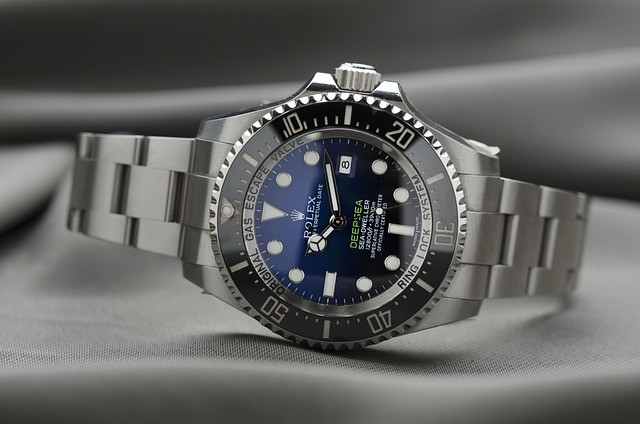
Maintenance and Care Tips: Ensuring a Battery-Free Rolex’s Optimal Performance
When it comes to owning a battery-free Rolex, proper maintenance and care are crucial to maintaining its optimal performance and longevity. Here are some practical tips to help you keep your prized timepiece in top-notch condition:
- Schedule regular servicing: Just like any precision instrument, a Rolex requires periodic servicing to ensure accurate timekeeping. It is recommended to have your watch serviced by a certified Rolex technician every 5-10 years, depending on usage.
- Keep it away from magnetic fields: Magnetic fields can interfere with the delicate inner workings of your Rolex. Avoid placing your watch near electronics, such as speakers or smartphones, as they can emit magnetic fields that may disrupt its accuracy.
- Avoid extreme temperature changes: Rapid fluctuations in temperature can impact the performance of your Rolex. Try to avoid exposing it to extreme heat or cold, as this can affect the lubricants inside and potentially damage the movement.
- Handle with care: While a Rolex is built to withstand everyday wear, it is wise to avoid unnecessary shocks or impacts. Be cautious when engaging in activities that may subject your watch to excessive vibrations or sudden impacts, such as playing sports or heavy-duty manual work.
By following these maintenance and care tips, you can ensure that your battery-free Rolex continues to impress with its flawless performance and elegance for years to come. Remember, taking proper care of your timepiece not only enhances its longevity but also preserves its value as a timeless investment.
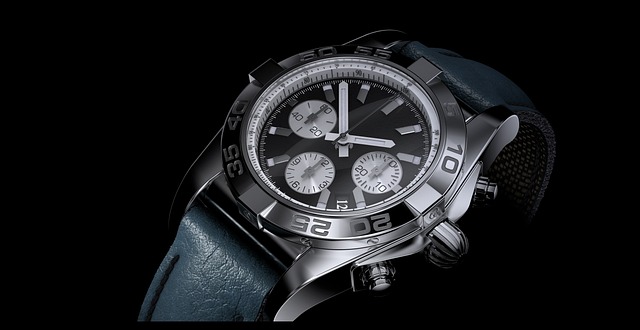
Considering Personal Preferences: Choosing between Mechanical and Battery-Powered Rolex
When it comes to choosing between a mechanical and battery-powered Rolex, personal preferences play a crucial role. Each option brings its own set of advantages and considerations, allowing you to make a decision that aligns with your specific needs and desires.
Mechanical Rolexes, driven by intricate movements, offer a timeless charm and craftsmanship that appeals to collectors and watch enthusiasts. With their automatic or manual winding systems, these watches are powered by the movement of your wrist. This means no batteries are required, ensuring a reliable and consistent timekeeping experience. The smooth, sweeping motion of the second hand adds elegance and sophistication to the overall aesthetic of the watch. Additionally, mechanical Rolexes often retain their value well over time and can be seen as an investment for future generations.
On the other hand, battery-powered Rolexes, also known as quartz watches, offer unparalleled convenience and precision. With a simple battery swap every few years, these watches require minimal maintenance. Quartz movements provide highly accurate timekeeping, with some models even offering chronograph functionality and multiple time zones. This reliability is particularly useful for those who travel frequently or rely on their watch for daily activities. Furthermore, battery-powered Rolexes typically have a slimmer profile and are often more affordable, making them accessible to a wider range of individuals.
Ultimately, the choice between a mechanical and battery-powered Rolex is a matter of personal preference. Consider factors such as your lifestyle, desired level of maintenance, aesthetic preferences, and budget. Whether you lean towards the timeless allure of a mechanical watch or the practicality of a battery-powered timepiece, both options offer exceptional quality and craftsmanship that can enhance your overall style and elegance.
FAQs
Q: Does Rolex have a battery?
A: No, Rolex watches do not rely on a battery for their functioning.
Q: How does a Rolex watch work if it doesn’t have a battery?
A: Rolex watches are powered by a self-winding mechanism or automatic movement. They use the kinetic energy generated by the wearer’s wrist movements to wind the mainspring, which provides the necessary power to keep the watch ticking.
Q: Why doesn’t Rolex use a battery-powered mechanism?
A: Rolex follows the traditional and renowned watchmaking approach with mechanical movements that require no batteries. This approach ensures longevity, accuracy, and reliability of their timepieces.
Q: Do I need to manually wind my Rolex watch every day?
A: If you wear your Rolex regularly and move your wrist sufficiently, the watch will self-wind. However, if you haven’t worn it for a while or if it has stopped due to lack of movement, you may need to manually wind it to restart the mechanism.
Q: Can I overwind my Rolex watch?
A: No, it is virtually impossible to overwind a Rolex watch. The watch is equipped with a mechanism that prevents excessive winding once the mainspring is fully wound, ensuring the mechanism’s safety.
Q: How often should I service or maintain my Rolex watch?
A: Rolex recommends servicing your watch approximately every 10 years to ensure its optimal performance. However, regular maintenance and cleaning are essential to keep your Rolex in top condition and extend its lifespan.
Q: Can I replace the battery in my Rolex watch?
A: Since Rolex watches do not have a battery, replacing the battery is not applicable. However, if your Rolex requires service or repair, it is recommended to reach out to an authorized Rolex service center or a qualified watchmaker.
Q: What is the average power reserve of a Rolex watch?
A: Rolex watches usually have a power reserve that can last around 48 to 72 hours. This means that if you don’t wear your watch for up to three days, it will continue to keep time accurately.
Q: Are all Rolex watches automatic?
A: Yes, all Rolex watches are automatic. The brand has steadfastly focused on mechanical movements, relying on the wearer’s wrist movements to power the watch rather than using a battery.
Q: Do I need to wind my Rolex watch if I don’t wear it regularly?
A: If you don’t wear your Rolex regularly, it is recommended to manually wind the watch about once a week to keep its movement lubricated and prevent the oils from drying out, ensuring its accuracy and longevity.
To Wrap It Up
In conclusion, if you’ve ever wondered if Rolex watches run on batteries, the answer is no. Rolex timepieces are known for their meticulous craftsmanship and precision, and they achieve this through mechanical movements powered by the natural motion of the wearer. So, next time you admire the sleek design and functionality of a Rolex, remember that beneath its surface lies a complex mechanism that stands the test of time without the need for batteries.

